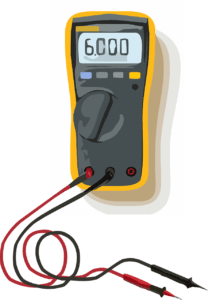准确度 代表测试设备测量的真实性;平均样本与真实值的接近程度。 指定这个指标需要与一个已知的来源进行比较,如一个高性能的仪表。

Accuracy should not be confused with noise. The relationship between “accuracy” and “precision” relates to the measurement noise. As stated above, accuracy is how close the average measurement is to the true value largely ignoring noise. Precision specifies to the amount of noise that will be present. Therefore, an instrument with good accuracy can still have a noisy measurement if it has poor precision and can be affected by temperature fluctuations.
将此转化为测试结果...
Note the plot and description above. Many types of battery test equipment will have similar accuracy specifications, and while this is important, it should be evaluated in combination with the instrument’s resolution and precision. The accuracy metric alone can hide the true performance difference of the equipment.
校准是另一个在评估过程中需要询问的相关因素。 在校准过程中,足以使用简单的手持式电表的电池测试设备,不会产生比电表更好的结果。 Arbin校准需要6.5位数或更好的数字多用表,一些设备将需要8.5位数或更好的数字。 所有工厂校准中使用的仪表都保持NIST可追溯性。


(1) 决议 | (2) 精度 | (3) 温度 | (4) 稳健性 | (5) 准确度 | (6) 软件


